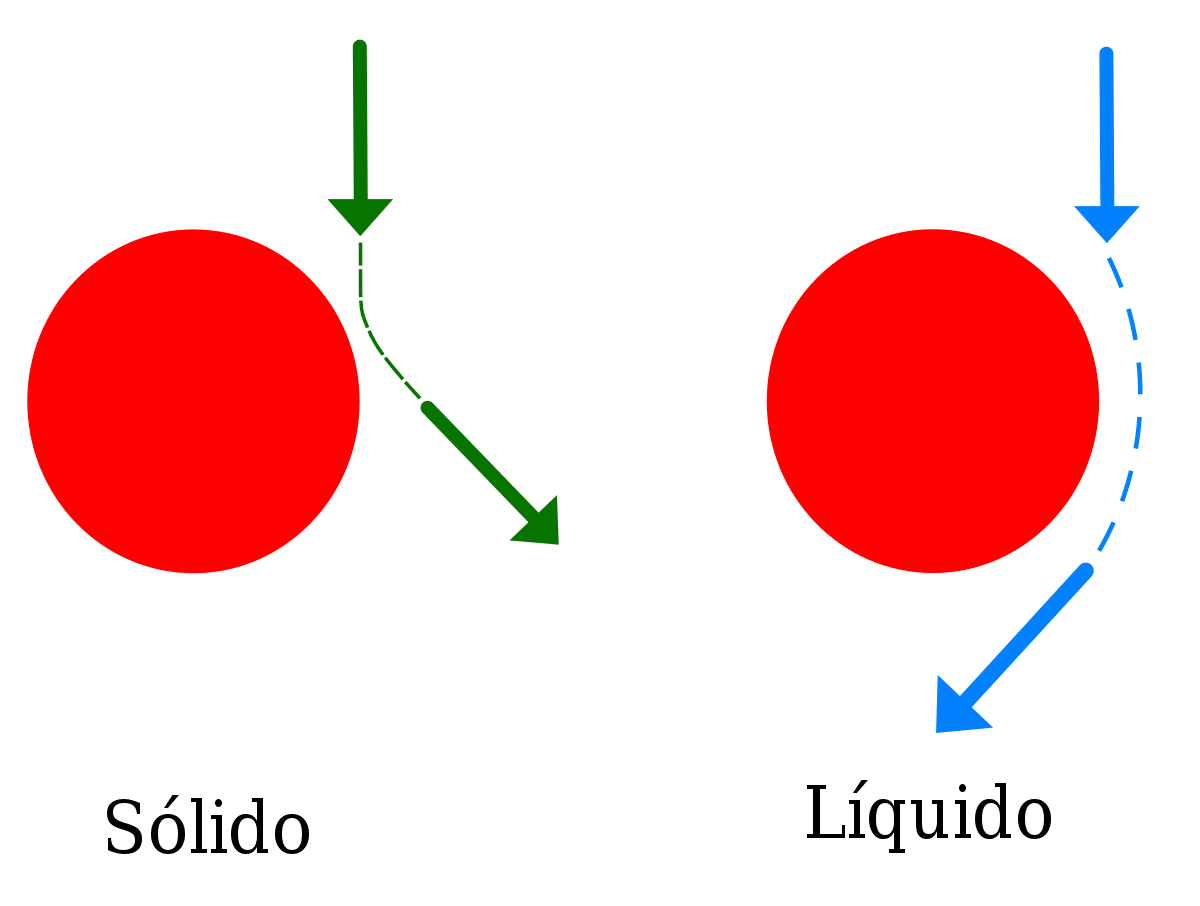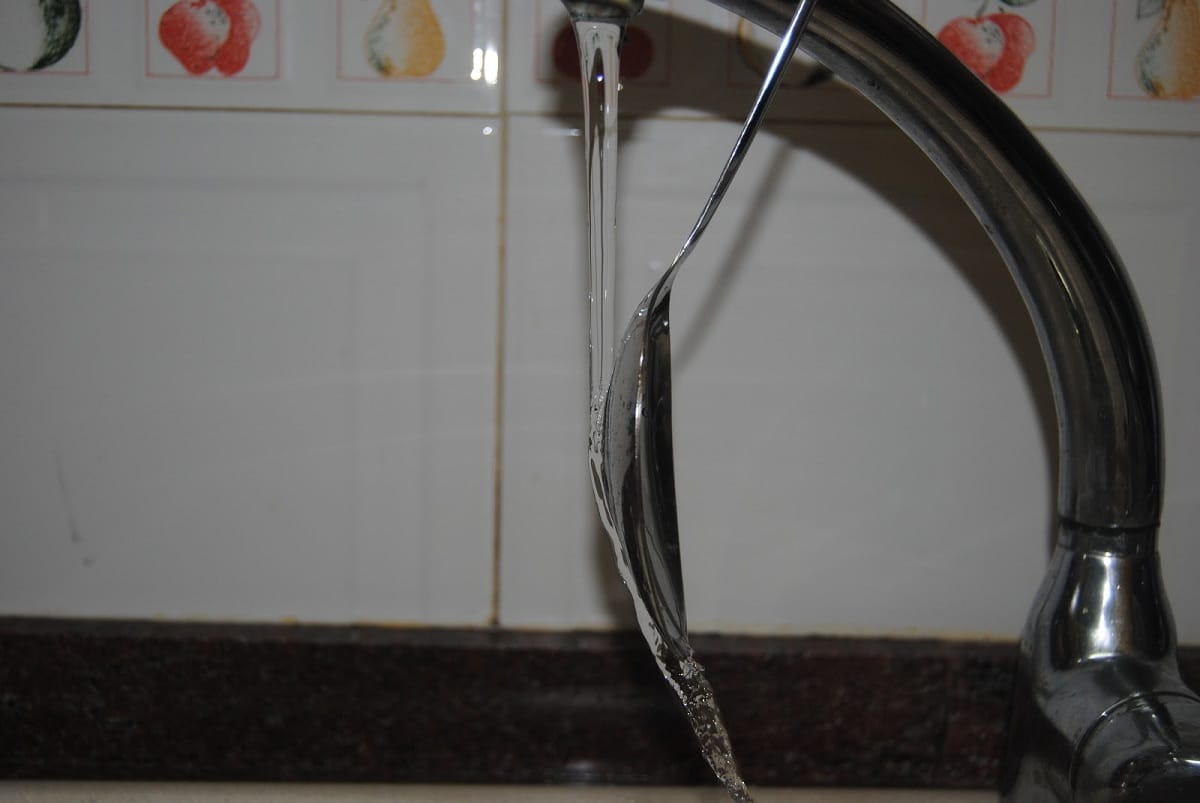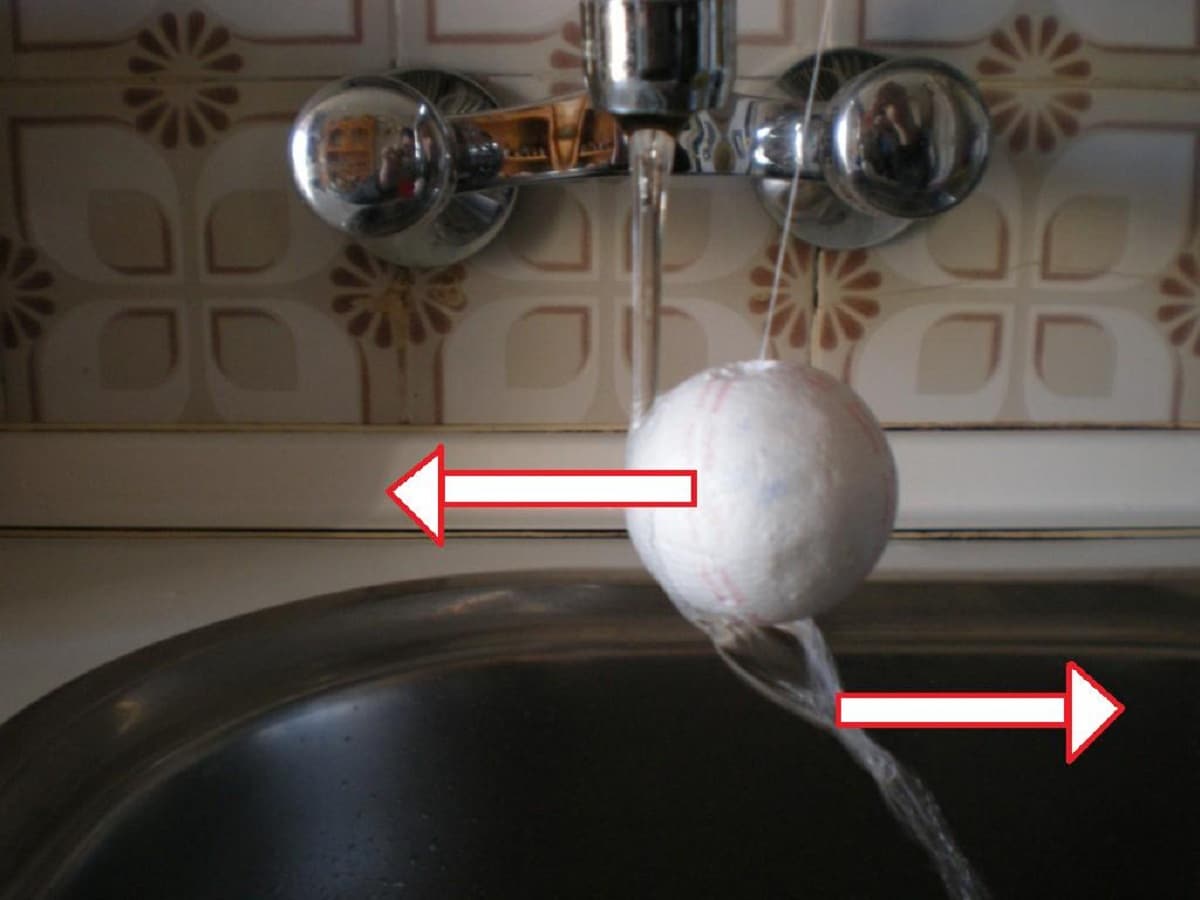
Modern aerodynamics works with one of the key effects that becomes essential for airplanes to fly. This effect is known as Coanda effect. The Coanda effect is something difficult to explain but it becomes too important an element in such a way that it has become the basis of the development of aerial vehicles.
In this article we are going to tell you what the Coanda effect is and its importance.
What is the Coanda effect

To explain what this effect is, you have to imagine a burning candle. If we turn off this beauty by blowing it, it will be something instantaneous. If we do the same exercise but place a box of a reasonable size between the candle and us. The most normal thing is to think that it is and blows us, the air will disperse on both sides and will not hit the sail. However, if we use a bottle of wine instead of a box, the result will not be the same. Logic leads us to think that the air will also disperse to both sides and will not be able to pay the candle.
Although it seems somewhat surprising, the candle can be extinguished thanks to the Coanda effect. And is that the Coanda effect explains the curvature of fluids when it comes into contact with a solid body. Fluids acquire a change in movement and displacement when they collide with a solid body.
It can be said that the Coanda effect is a series of events capable of describing the behavior of a fluid when it impacts a surface. It is used as a principle that all fluids tend to be attracted to nearby surfaces instead of bouncing or drifting. This is the opposite of a solid. If a solid collides with another solid, the most normal thing is that it will bounce and deviate its trajectory. However, in the case of fluids it has been brought to me by the surface of the solid.
Experiment to corroborate the Coanda effect

If we carry out the above experiment, we can see that the air tends to follow the curved path of the bottle instead of deviating to the sides. If we throw a tennis ball against the wine bottle, we see that the trajectory of the ball will be altered, but it will not be parallel to the contour of the bottle. This helps us to extract the necessary information to know that a fluid will follow the path around a solid.
In simple terms, the viscosity of the noise is the main agent for the Coanda effect to occur. When fluid first impacts a body that has a smooth, curved contour, the viscosity of the fluid is what causes the particles to tend to adhere to the surface of the solid. This is how a uniform and parallel sheet is created around the body of the solid. One could compare this tendency to form a kind of sheet around the contour of the body as if it were plasticine.
All the particles in the fluid, in this case the air, they subsequently impact the body and generate new layers parallel to the initial one. This is how a deviation is generated in the fluid path.
Utility and importance

The Coanda effect has been demonstrated and is used daily in aviation and motor racing. You have to know that, in order to optimize the morphology of the vehicles, you have to know the friction effect with the air. If we know that the fluid particles adhere to the surface, we can design better aerodynamic shapes. An example widely used by the Coanda effect are the Formula 1 single-seaters. The area with the side pontoons, take advantage of the Coanda effect to channel a large amount of air to specific areas such as the flat bottom, the diffusers and the ailerons. All these elements of a car directly affect grip or top speed.
This makes the Coanda effect one of the essential pillars in motorsports and aviation. The same goes for airplanes. In the wings, the path of the air undergoes a slight curvature that helps to generate forces that help to hold the airplane in the air. The air is curved and, together with the depression, and Newton's third law we know all the forces acting on the wing of the plane.
Thanks to the Coanda effect, air flows and any other fluid can be corrected and directed to allow engineers to design more efficient means of transport. This influence of the Coanda effect on the aerodynamics of a vehicle it is an important element in building safer and faster vehicles. In addition, these aerodynamic designs help save a lot of fuel, since they help reduce the friction force with the air.
Characteristics and curiosities
The Coanda effect have to do with the reflection of fluids around an object. If we analyze all the forces and atmospheric pressure exerted by the atmosphere on low-speed flight, air is considered not just a fluid, but an incompressible fluid. That air is an incompressible fluid means that the volume of the air mass will always be constant in time. We must also know that the air flows do not separate from each other in order to form voids, also called voids.
There are many scientists who deny that the Coanda effect occurs in water. It is said that this deviation from the path of water when it collides with the surface of a solid body is due to surface tension. Therefore, it can be said that the Coanda defect is not applied to all types of fluids, since the density and viscosity of the same must also be taken into account. We know that air has low viscosity, so the Coanda effect occurs with more intensity.
I hope that with this information you can learn more about the Coanda effect and its importance in aviation and motor racing.